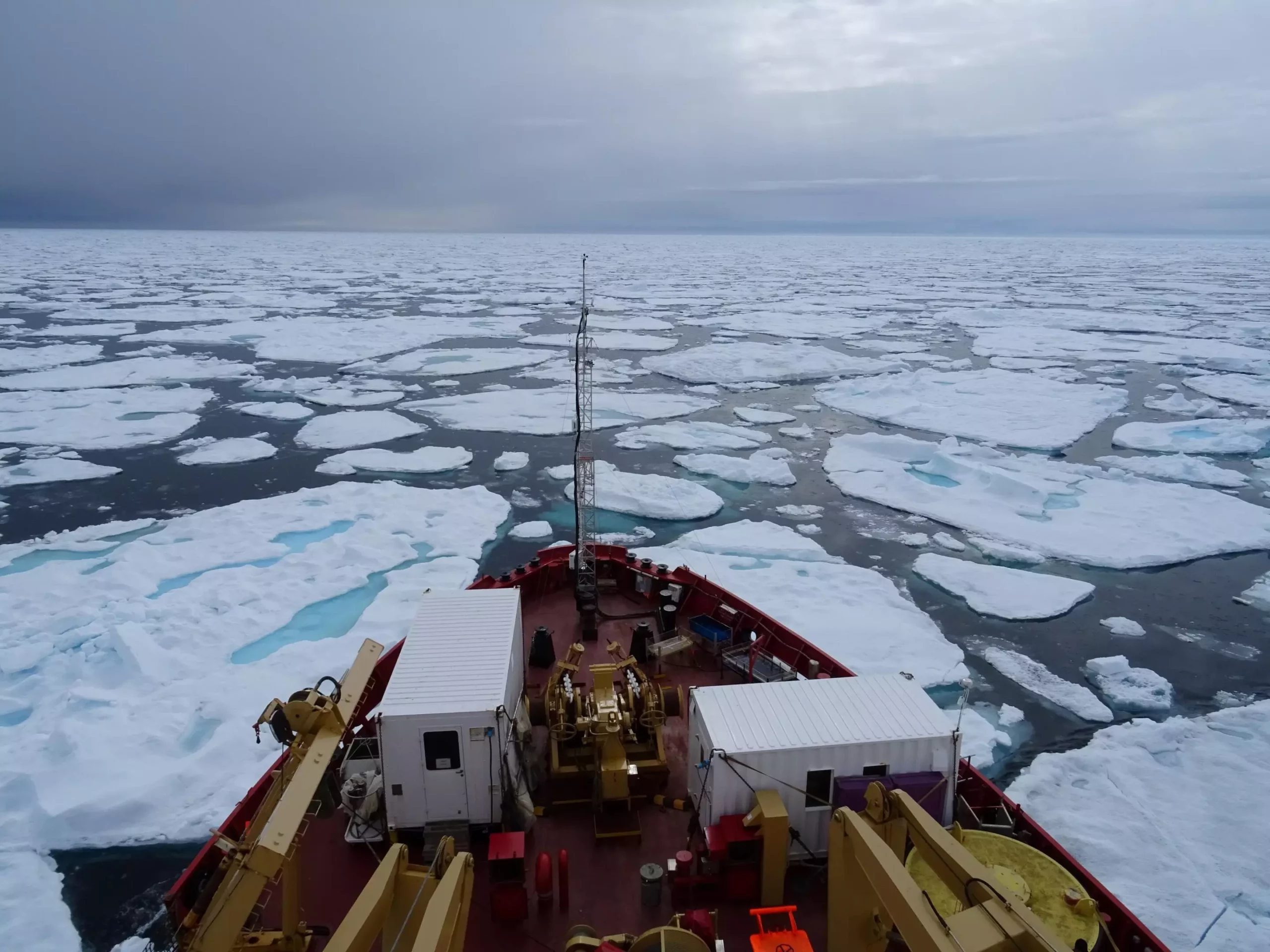The Northwest Passage (NWP), a tantalizing shortcut between the Atlantic and Pacific Oceans, has long been viewed as a potentially lucrative shipping lane, particularly during a time of escalating global warming. This route snakes through the Canadian Arctic Archipelago, offering a promise of shorter transit times for commercial vessels. However, recent findings reveal that this prospect may be fading rapidly, as thick sea ice—previously expected to diminish—continues to flow south from the Arctic Ocean, significantly shortening the navigable shipping season.
Climate Change’s Complex Reality
While one might envision a future where climate change grants warmer waters and more accessible trade routes, reality is proving to be inconsistent. An analysis conducted by researchers, including Alison Cook, highlighted a troubling trend from 2007 to 2021: rather than opening up new pathways, the ice-free shipping window along the NWP has shrunk. Reports show that certain critical segments of the northern route experienced up to a 14-week reduction in navigability, as the persistent presence of thicker, older ice advances southward. The implications of this trend extend beyond shipping efficiency; they encapsulate a stark reminder of climate change’s dual narrative.
The Problem with Thicker Ice
Old sea ice, which is notably harder and poses greater dangers to vessels than its younger counterparts, takes center stage in this ongoing discourse. The presence of such ice creates choke points within the NWP—regions that dramatically limit navigable time, each suffering from several weeks less in shipping viability compared to adjacent areas. This new reality challenges previous assumptions held by shipping companies and governments alike, who had envisioned the NWP as a strategic alternative to traditional routes like the Panama Canal. Furthermore, increased difficulties in traversing these choke points disrupt not only commercial interests but also the livelihoods of coastal communities that vitally depend on shipping for essential goods and food.
Broader Implications for Coastal Communities
The repercussions of this changing landscape extend well beyond the commercial shipping sector; they encroach upon the very fabric of life in the Canadian Arctic. Local communities, heavily reliant on shipping routes for the importation of food and other necessities, find themselves at the mercy of shifting climate patterns. As longer ice seasons threaten to seal off these communities, they confront a significantly altered reality, raising vital questions about food security and sustainability in regions that already grapple with the challenges posed by climate change.
A Call for Adaptive Strategies
In recognition of these challenges, stakeholders must pivot toward adaptive strategies that take into account the evolving conditions of the NWP. Rather than clinging to outdated narratives of a free-flowing Arctic passage, discussions need to focus on resilience and adaptation, encouraging innovative solutions to ensure that both shipping enterprises and local communities can thrive despite the ongoing challenges posed by climate change. As we traverse this complex terrain, it becomes imperative for all involved to re-evaluate their plans, expectations, and realities concerning the Northwest Passage.


Leave a Reply